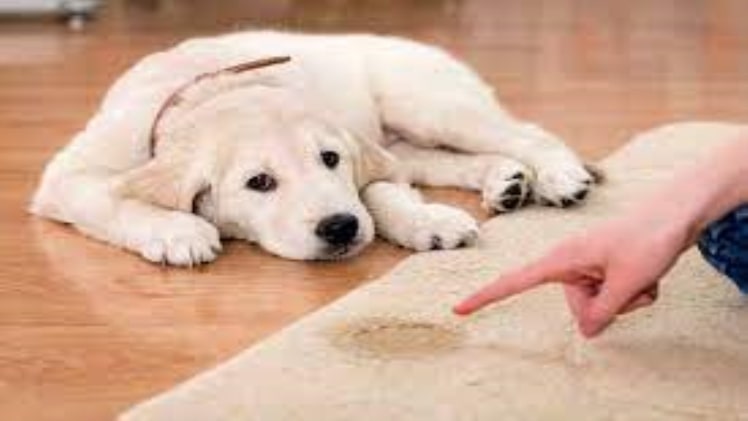Bringing home your furry bundle of joy was likely one of the best days of your life. Until the pup peed on your favorite rug. One of the biggest hassles of bringing a pet into your home is potty training. It’s a process that often overwhelms new pet owners and even frustrates experienced pet owners. But it shouldn’t be a sore point in your relationship with your pet.
In this article, we’ll give you some helpful tips on how to potty train your puppy so that you can spend more time playing and having fun and less time cleaning up messes.
Approach with Positivity
Before you choose your method or start buying items from your new puppy checklist, you have to set the right mindset for potty training. Instead of waiting for your dog to have an accident and correcting them with negative reinforcement, try to flip the script! Give them plenty of opportunities to do it the right way and encourage that behavior with positivity.
For example, try to take your puppy outside every 30 min or an hour so that they can use the bathroom if they need to. If they do potty, give them a treat and lots of praise. If they don’t need to, then you can bring them back inside for some downtime.
This will teach them that using the bathroom outside is what makes you happy and gets them attention. It sticks in their mind much quicker than fussing when they mess up, and it allows you to maintain a kind, loving relationship with your pup.
Utilize Crate Training
First, let’s get a common misconception out of the way. Crates should not be used as a method of punishment. Dog kennels can be great tools when it comes to potty training and teaching your dog how to feel comfortable and safe when you’re not home. But if you use them as a negative reinforcement strategy, they will always trigger anxiety and fear in your dog and you’ll have other problems down the line.
Crate training is a great way to potty train your pup if your situation doesn’t allow you to supervise them 24/7. Make sure you get a crate that’s big enough for them to sit, lie down and turn around in so it feels like a cozy, safe place that’s just for them.
During the day, you can put your dog in the crate so it can’t wander around your home and use the bathroom where you might not find it right away. Take them out for frequent bathroom breaks and always go to the same spot. This will help signal to your puppy that you want them to potty.
Although your pup can be very happy in its crate during the day, don’t forget to add in some play time! If you notice them getting restless in their kennel, bringing some toys outside or playing indoors for a little bit can help to tire them out so they’re happy to go back to their space.
Schedule Food and Water
Using a food schedule for your puppy can go a long way to knowing when it’ll need the bathroom. It might take a few days of observations, but after a short time, you’ll start to notice how long it takes for your puppy’s food to make it to his other end. This allows you to time his feedings so that you’re home to let them out when they need the bathroom.
Keep in mind that puppies might need to be two or three times a day depending on their nutritional requirements. So you’ll probably need to pick a few times a day that you or someone else can be home to feed your pup and let them outside after.
Next, you can also restrict when they have access to water to help them hold it through the night. Your puppy might have unrestricted access to water during the day (which they probably need) but it’s perfectly safe to take away their water at night. The AKC recommends pulling their water about 2-3 hours before bedtime so they don’t have an accident when they should be sleeping.
Now you can tackle potty training your new puppy with confidence! Just remember to approach with positivity, properly use crate training and set a schedule. Here you can visit alltimesmagazine to get the latest news around the world.

